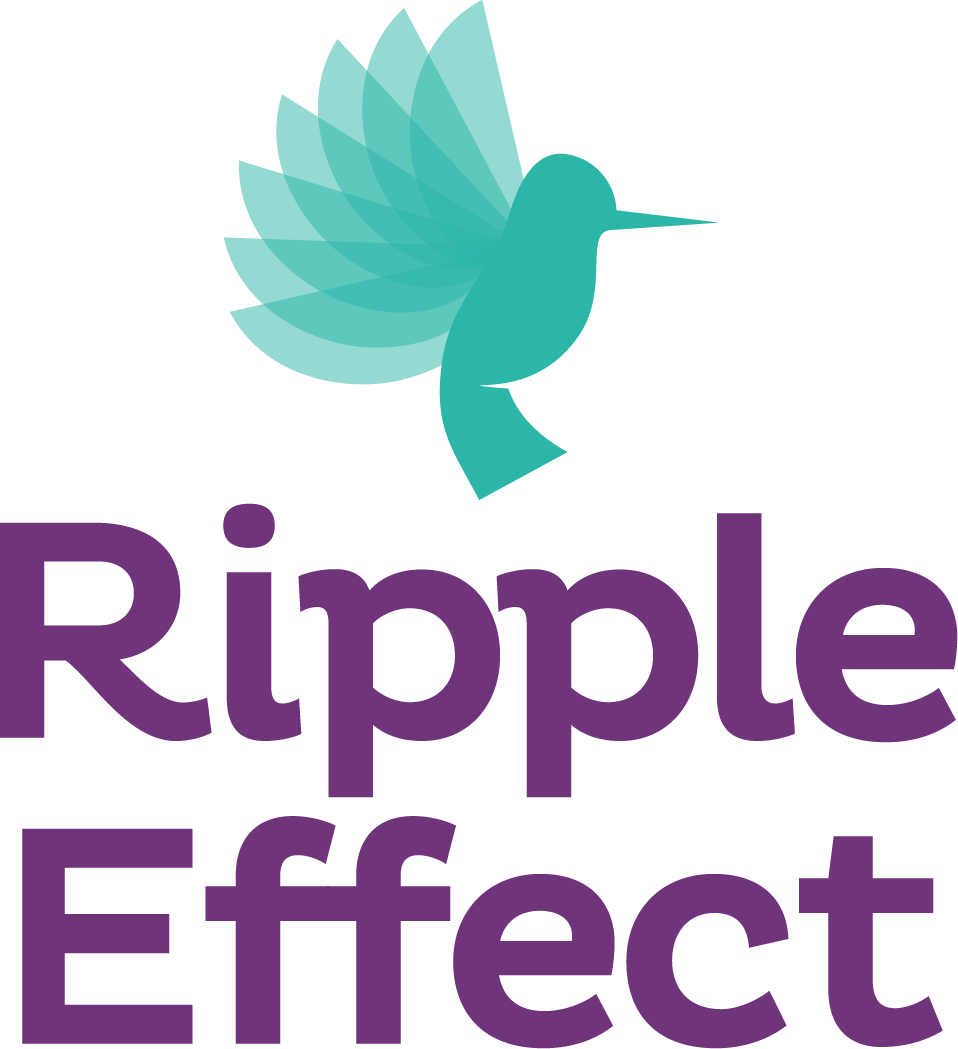Culture Isn’t a Buzzword—It’s a Feeling (Part 1)
You can write the most inspiring job description. You can offer the perks—flex time, snacks, “summer hours,” even the occasional team lunch.
But let’s be honest: culture isn’t what’s printed on your website. It’s what people feel when they’re logging in on Monday morning—or in my case, crying through the drive to work on Wednesdays.
Let Me Explain…
For years, I worked in an organization that was buzzing. People genuinely enjoyed each other. We celebrated birthdays, supported each other’s ideas, and showed up as a team—on the hard days and the good ones.
But things changed.
Post-pandemic, we shifted into a hybrid model. I was expected to be in the office one day a week—Wednesdays. And honestly? Those Wednesdays became the hardest day of my week. I’d cry the entire drive in, then sit in my car for 10 minutes just trying to pull myself together before walking through the front door.
And here’s the kicker: it wasn’t always like that.
The shift didn’t happen overnight. But once someone who didn’t value people was put in charge, the support, trust, and connection we’d worked so hard to build slowly cracked—and eventually collapsed. When poor leadership goes unchecked, it doesn’t just affect the team. The ripple effects are felt by everyone—the clients, the partners, the entire community you’re trying to serve.
Culture is leadership in action. And when it breaks? It’s not subtle.
1️⃣ People Aren’t Widgets
They’re humans. Ask how they’re doing—and actually mean it. Celebrate wins, remember what lights them up, and say thank you like a real person. The way you treat your team in the small moments matters way more than the fancy annual retreat.
2️⃣ Micromanaging Kills Trust (And Motivation)
Trust isn’t a given just because you have a title. It’s earned through how you show up, especially in tough conversations. Give people space to do their job, check in without hovering, and back them up when it counts.
3️⃣ Growth Is More Than a Buzzword
Don’t slap “growth opportunities” on a job posting if there’s no plan behind it. Ask your team about their goals. Set them up with mentors. Create actual learning opportunities—not just another dusty PDF on a shared drive.
4️⃣ Burnout Isn’t a Badge of Honour
If your team feels guilty logging off at 5pm or hesitates to take a vacation day, something’s broken. Leadership means modelling boundaries too. Encourage real breaks, time off, and a pace that doesn’t lead to collapse.
5️⃣ Belonging Is Built Through Actions, Not Policies
You can’t checklist your way into inclusion. People need to feel like they belong, not like they have to fit into a mould. Make room for differences. Celebrate them. Check your own biases. And create a culture where people can be real—not just “professional.”
It’s easy to forget that belonging is something that needs to be actively created, not just assumed. But it’s in those small, everyday actions where the magic happens. Creating an environment where people feel safe, seen, and supported starts with our willingness to lead with empathy, not just authority.
💡 Coming up in Part 2: How to keep communication clear, avoid the silence spiral, and make sure your leadership style isn’t the thing creating the Sunday Scaries. (Or Wednesday Worries. Been there.)
Until then—pause and reflect: 👉🏼 How does your team actually feel walking into a new week?
If you're ready to talk about creating a culture people want to be part of—not escape from—I offer workshops and retreats that help teams reconnect with their values, rebuild trust, and lead with clarity.
Let’s make sure no one on your team is crying in their car before work.

